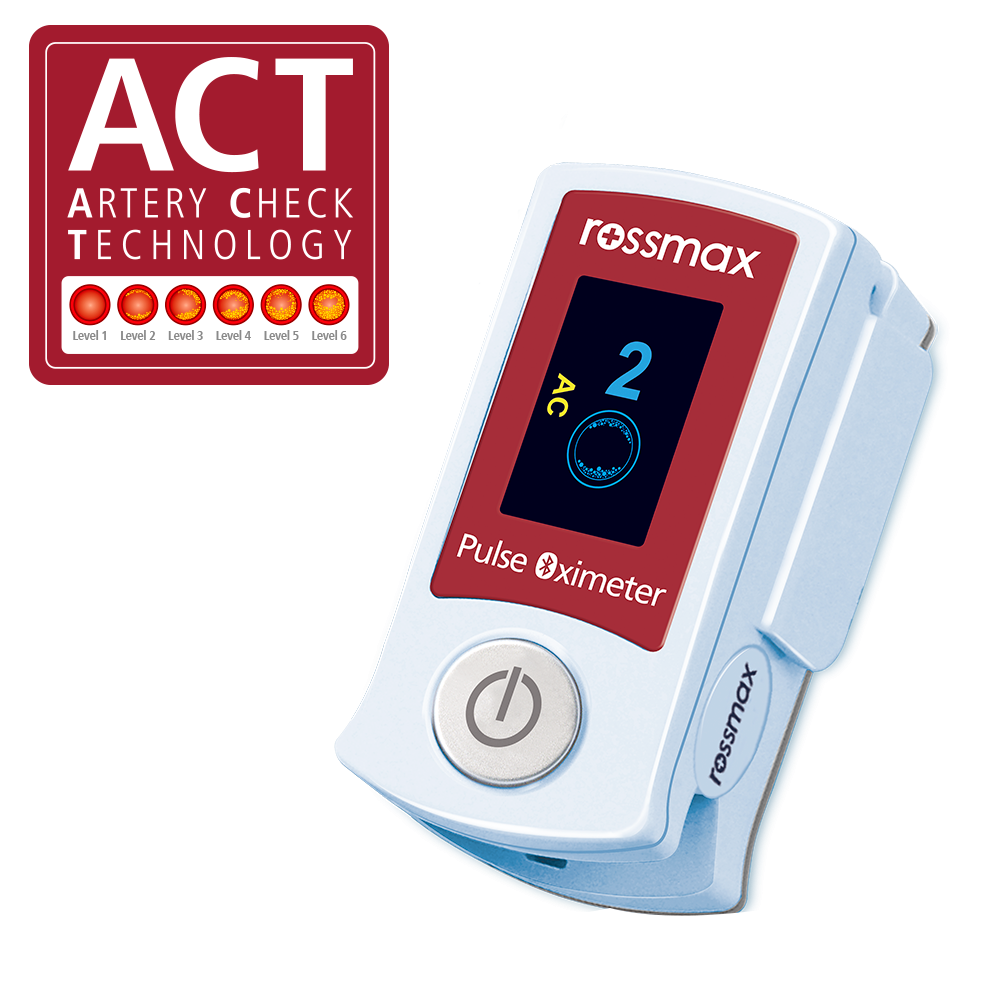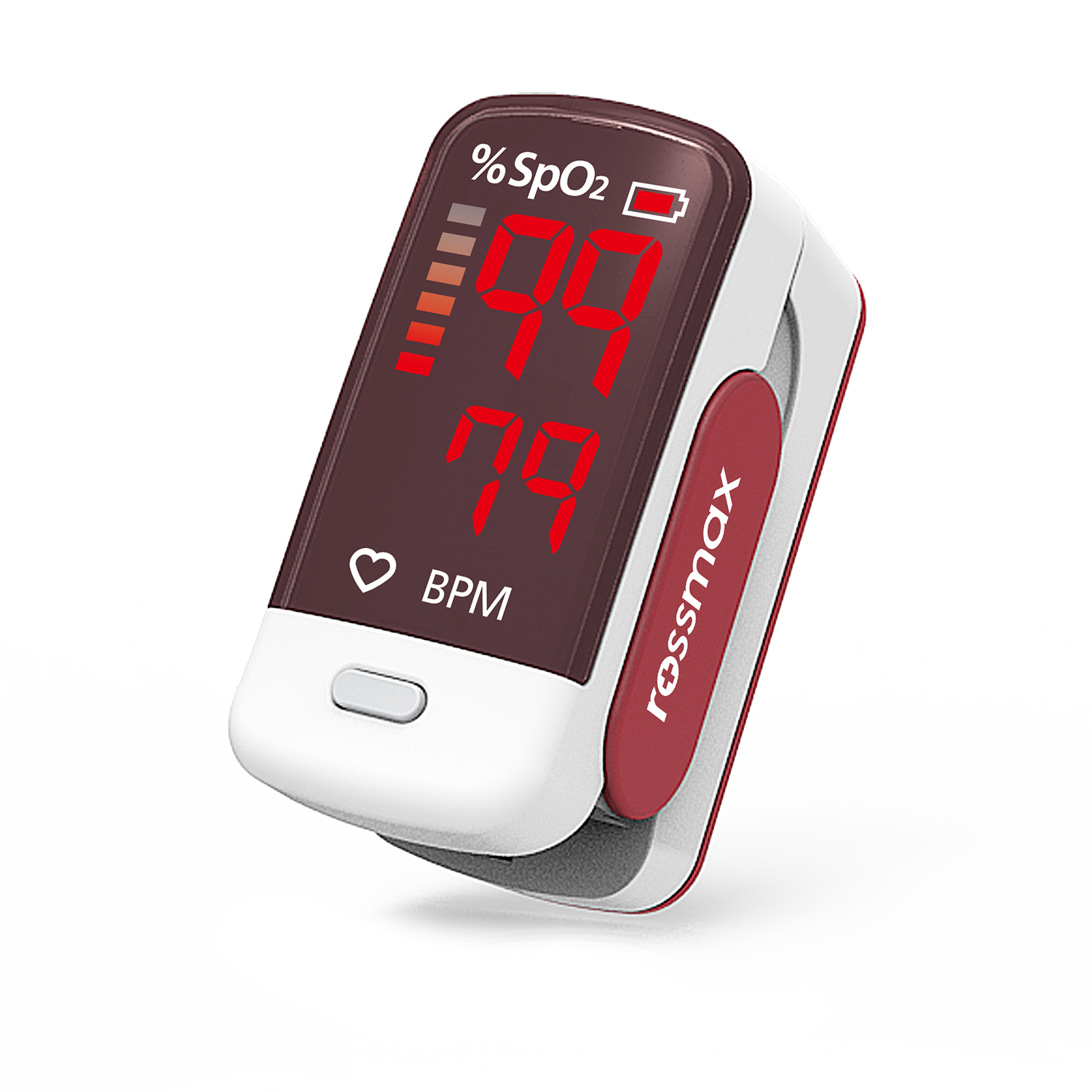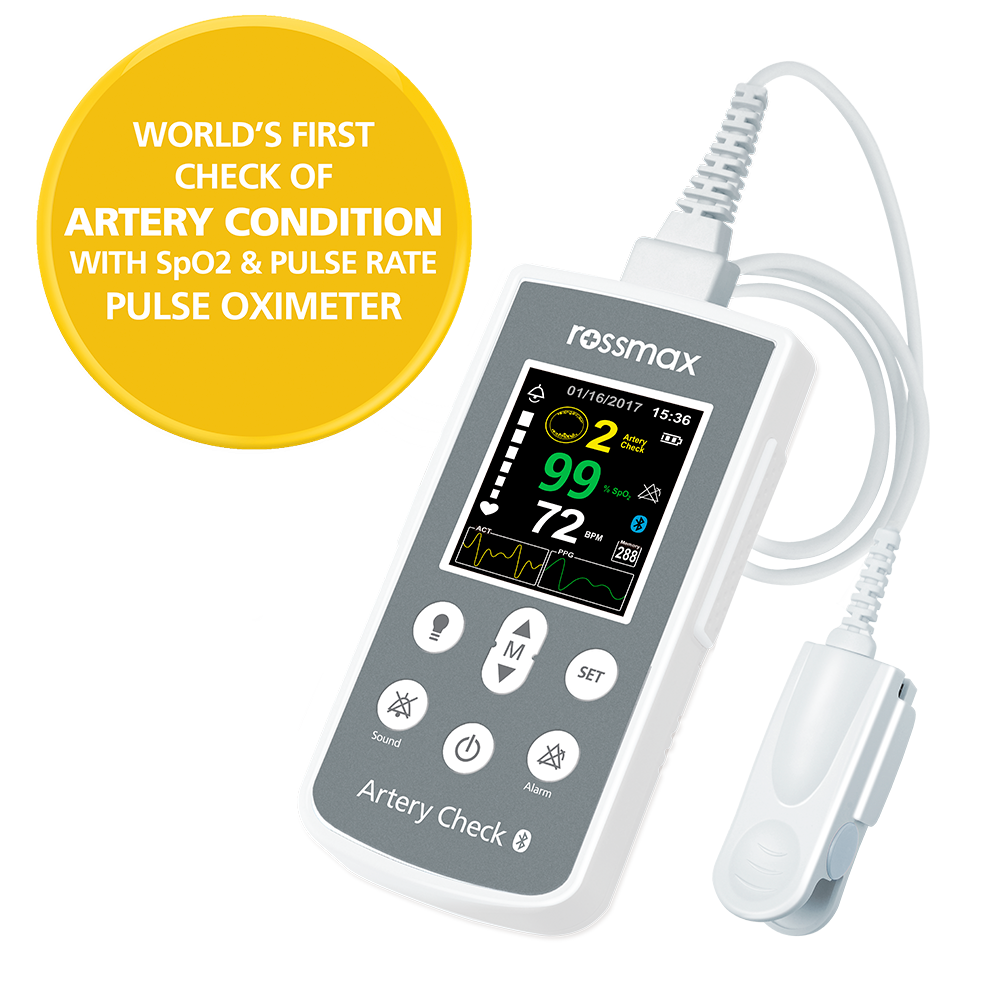Maintaining an active lifestyle
despite heart disease
Exercising can benefit almost any condition
Maintaining an active lifestyle
despite heart disease
If you have heart disease, it is important to exercise regularly. Exercise can strengthen your heart muscle and help you manage your blood pressure and cholesterol. Exercising can benefit almost any condition.
So if you've had a heart attack, have a weak heart (congestive heart failure) or another heart issue, don't just sit around and do nothing. Don't wait until it's too late to start an exercise program or increase your physical activity. Ask your doctor for guidelines and an "OK" before you begin.
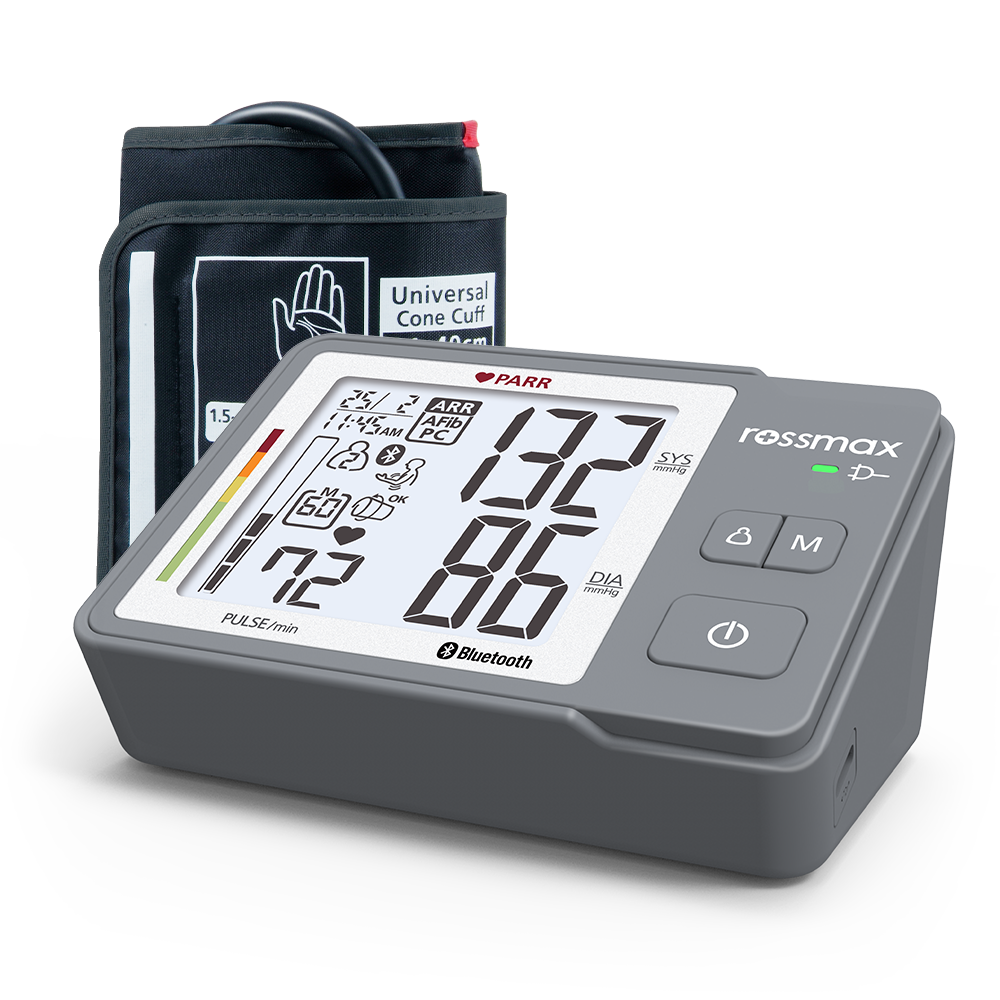
Rossmax Z5/X5 Blood Pressure Monitor
Detects arrhythmia in connection with quick and easy blood pressure measurement, and accurately distinguishes between atrial fibrillation and extra beats.
#checkhealthathome
Types of Exercise you can do
You should talk with your doctor before you start a new exercise program. Also, ask your doctor if it is okay before you start a more challenging activity. Aerobic exercises use your heart and lungs for a long time.
Take it slow and choose an aerobic activity such as walking, swimming, light jogging, or biking. Do this at least 3 to 4 times a week. Stretch or move around for 5 minutes before exercising. After exercising, allow yourself time to cool down. You should take breaks before you get too tired. If you feel tired or if you feel any heart symptoms, stop. Wear comfortable clothing for exercise. If it's hot outside, exercise in the morning or evening. Don't wear too many layers.
Increasing your strength through resistance weight training may help your muscles work together more effectively. You may be able to do everyday activities easier as a result. These exercises are beneficial. You should keep in mind, however, that they do not strengthen your heart as aerobic exercise does.
Consult your healthcare provider before beginning a weight-training regimen. Don't push yourself too hard. If you are suffering from heart disease, a lighter workout is better than working out too hard.
You may need to consult a physical therapist or trainer. These professionals can help you do exercises correctly. Breathe steadily and switch between upper and lower body exercises. Get plenty of rest.
A cardiac rehabilitation program may be right for you. Find out if you can get a referral from your doctor.

If exercise puts too much strain on your heart, you may have pain and other symptoms, such as:
-
Dizziness or lightheadedness
-
Chest pain
-
Irregular heartbeat or pulse
-
Shortness of breath
-
Nausea
You should pay attention to these warning signs. Stop what you're doing immediately. Relax. If you experience heart symptoms, know how to treat them. Write down what you were doing and the time when you experienced symptoms. Tell your doctor about this. Please contact your healthcare provider right away if these symptoms are severe or do not resolve when you stop the activity. Your healthcare provider can give you advice about exercise at your regular medical appointments.
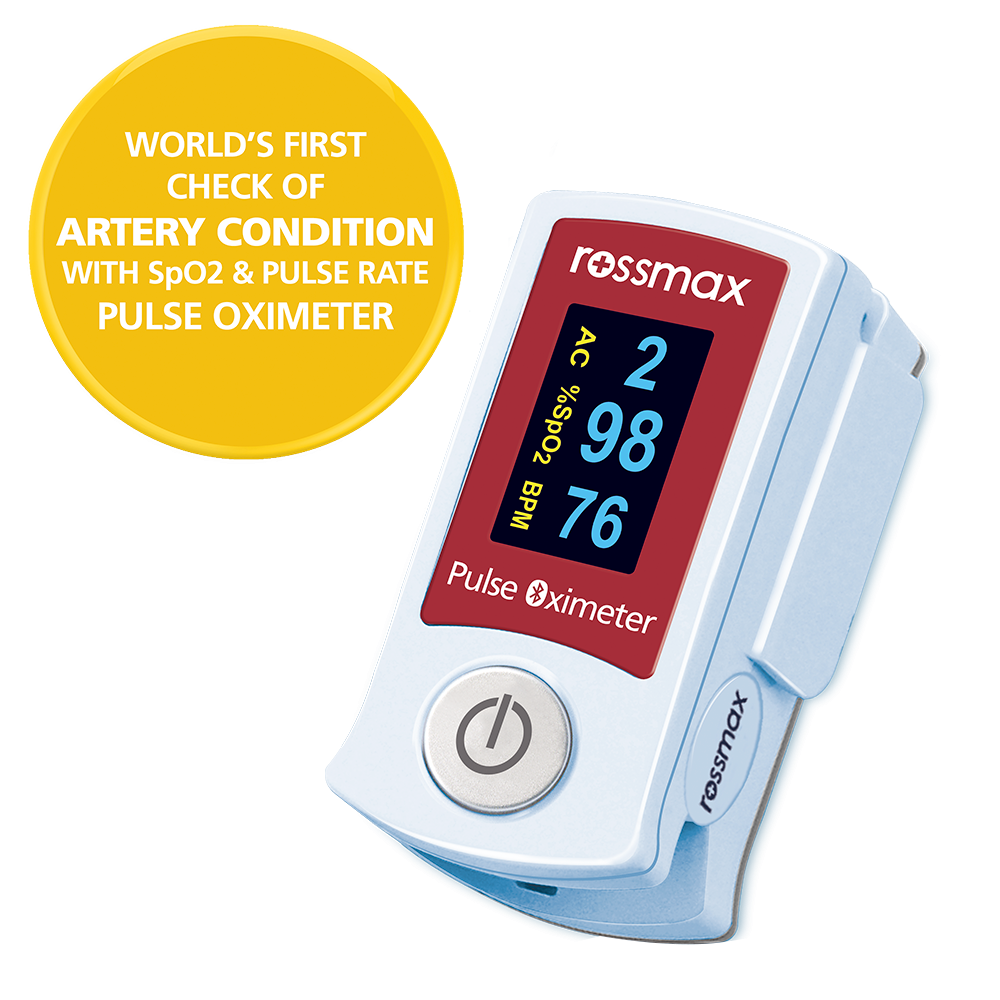
Equipped with Bluetooth & ATC
Rossmax SB210 Fingertip Pulse Oximeter
The Rossmax SB210 Pulse Oximeter is equipped with our Artery Check Technology (ACT) and analysis the pulse and SpO2 signals. Besides the normal pulse oximeter measurements it determines the actually prevailing stiffness of the artery (Artery Condition). ACT further comprehensively classifies the arterial condition into 6 levels and presents the result by an intuitive graphical visualisation. Pulse rate, SpO2 and the artery condition are available at your fingertip!
Know your resting pulse rate. Know your safe exercise pulse rate. Try taking your pulse during exercise. This way, you can see if your heart is beating at a safe rate while exercising. If it is too high, slow down. Then, take it again after exercise to see if it comes back to normal within about 10 minutes.
You can take your pulse in the wrist area below the base of your thumb. Use your index and third fingers of the opposite hand to locate your pulse and count the number of beats per minute.
Drink plenty of water. Take frequent breaks during exercise or other strenuous activities.

APP FOR IOS & ANDROID
HEALTHSTYLE APP
With the «Rossmax healthstyle APP» you can manage your Blood Pressure, Blood Glucose, SpO2, Weight and Temperature in only one single APP. The products will be easily connected through Bluetooth and the real-time data communication is only one click away. To share the graphs, charts or data with 3rd party provides a new experience.
